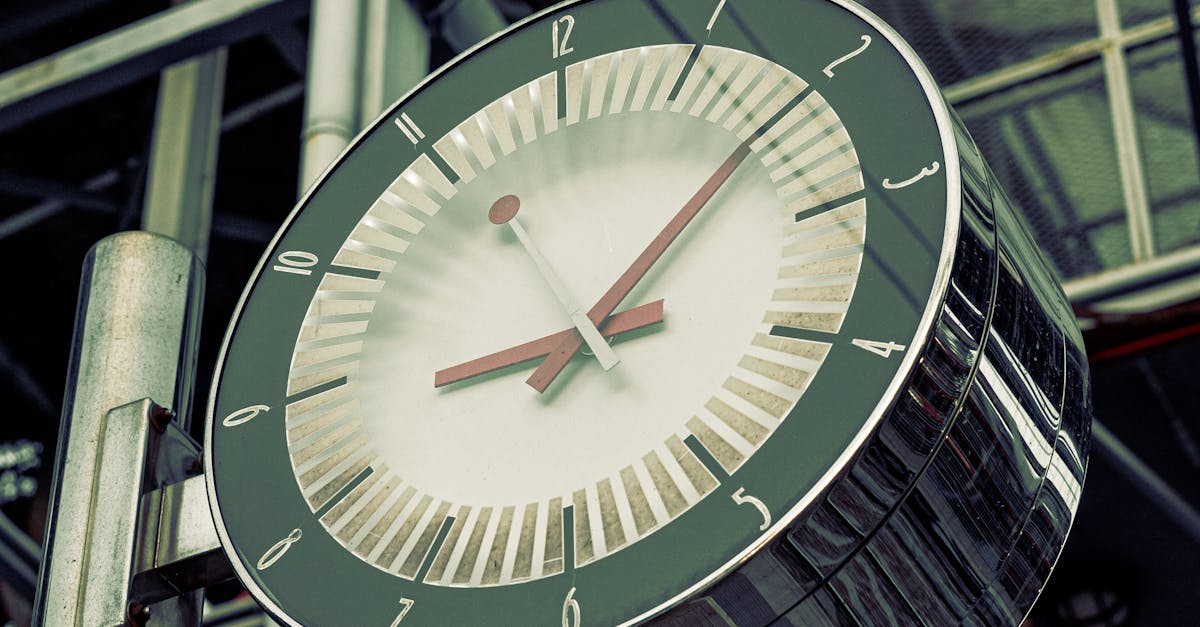
CostEffectiveness
One of the most appealing aspects of corrugated metal roofing is its cost-effectiveness. Initial installation costs are often lower compared to traditional roofing materials, which makes it an attractive option for budget-conscious homeowners. Additionally, the longevity of metal roofing reduces the need for frequent replacements, resulting in considerable savings over time. Many manufacturers offer warranties spanning several decades, providing further assurance of the investment.
Beyond initial costs, homeowners can enjoy reduced energy expenses due to the reflective properties of metal. These roofs minimise heat absorption, leading to cooler indoor temperatures during hot Australian summers. Many find that this translates into decreased air conditioning usage, offering another layer of financial advantage. The overall durability also means fewer maintenance calls, further enhancing the economic benefits of investing in corrugated metal roofing.
LongTerm Value Comparison
When assessing options for roofing materials, it is essential to evaluate the long-term value they provide. Corrugated metal roofing stands out due to its durability and resistance to harsh weather conditions. Its lifespan can easily exceed 50 years, making it a wise investment for homeowners looking for a reliable solution. Compared to traditional materials like asphalt shingles, which typically last around 20 years, corrugated metal offers both financial benefits and peace of mind.
In addition to its longevity, corrugated metal roofing requires less frequent replacement and fewer repairs, further enhancing its long-term value. The minimal upkeep needed helps to offset initial installation costs, proving advantageous over time. This roofing type also promotes energy efficiency, potentially lowering utility bills by keeping homes cooler in summer and warmer in winter. As these benefits accumulate, property owners can appreciate significant savings while maintaining the aesthetic appeal of their homes.
Maintenance Requirements
Regular inspections are essential for maintaining corrugated metal roofing. These inspections help identify potential issues such as rust, loose fasteners, or damaged panels. Addressing minor problems early can prevent more costly repairs down the line. Ensuring that the gutters and downspouts are clear of debris also plays a crucial role in prolonging the life of the roof.
Weather Resistance of Corrugated Metal RoofingThe energy efficiency of metal roofing further enhances its environmental credentials. Metal tiles reflect solar heat, which helps decrease cooling costs in warmer months. A cooler living space results in reduced reliance on air conditioning systems, leading to lower energy consumption overall. Furthermore, metal roofs can often be outfitted with solar panels. This capability maximises renewable energy generation, allowing homeowners to contribute positively to the reduction of their carbon footprint.
Insulation Advantages of Corrugated Metal RoofingSustainability of Metal Roofing Materials
Cost Savings with Corrugated Metal RoofingMetal roofing materials are often lauded for their sustainability attributes. Many metal tiles are made from recycled materials, such as steel or aluminium, which reduces the demand for virgin resources. This recycling process not only conserves natural resources but also limits energy consumption during production. Additionally, metal roofs have an extended lifespan, often lasting 50 years or more, which decreases the frequency of replacements and the amount of waste generated.
Increase in Property Value with Corrugated Metal RoofingThe energy efficiency of metal tiles contributes to their sustainable appeal. Their reflective properties can help maintain cooler indoor temperatures, reducing the need for air conditioning and lowering energy bills. Many metal roofing options are also designed to accommodate solar panel installations, further enhancing their eco-friendly aspects. This adaptability positions metal roofing not just as a durable choice but also as a contributor to reducing overall energy consumption in buildings.
Low Maintenance Features of Corrugated Metal RoofingFAQS
Fire Resistance of Corrugated Metal RoofingWhat are the benefits of choosing metal tile roofing?
Metal tile roofing is durable, lightweight, and resistant to extreme weather conditions. It also offers excellent energy efficiency and can enhance the aesthetic appeal of your home.
What should I look for when choosing metal tile roofing materials?
Consi